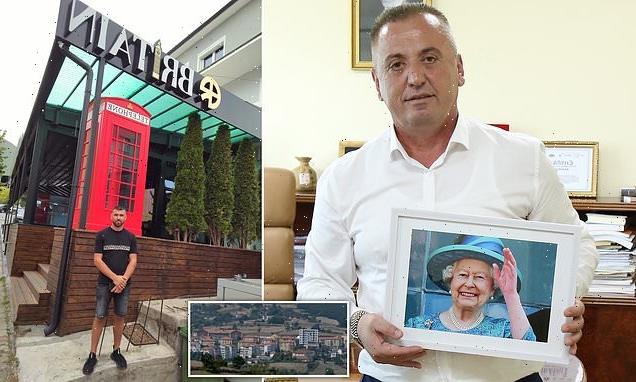With home prices increasing by over 30% nationally since June 2020, many people wonder if Denver is in a housing bubble about to burst.
However, experts say several factors indicate Denver’s housing market remains strong.
“We still have high demand, a historical shortage of inventory, and a lack of new homes being built. We could see a bubble in riskier loans for vacation homes, but residential real estate should largely be better off due to more conservative underwriting processes learned from the Great Recession,” says Greg Hriso, a real estate agent with Homie Colorado,
Ryan Carter, president of 8z Real Estate, agrees.
“The job market is strong, which means more people can afford to buy homes. There’s not an oversupply of homes on the market, so prices are unlikely to drop sharply,” he says.
But sellers should no longer expect homes to sell in a weekend for tens of thousands over the list price.
Moving toward balance
After nearly two years of record-breaking sale prices, the Denver metro’s real estate market is slowly normalizing.
With higher interest rates and more homes on the market, price increases should slow.
“If we begin to see supply really increase to four, five or even six months’ supply, we may see some price flattening or decreasing,” Carter says. “But that’s a worst-case scenario. What’s more likely is more modest price appreciation in the 5 to 9% range.”
Until the metro has more available homes, it will continue to be a sellers’ market.
“We’re no longer in this complete frenzy where buyers must make decisions in hours and feel extreme pressure to act quickly,” Carter says. “Those days are gone, and I think that’s healthy.”
Hriso agrees. “We’re moving to a more balanced market with four to six months of inventory.”
Ongoing housing shortage
Colorado continues to face a housing shortage, and even with more homes on the market, builders must keep building.
“Denver still needs about 140,000 new properties,” Hriso says.
The challenge is whether builders will construct affordable options when rising interest rates reduce buying power. According to economists with the National Association of Realtors, the typical metro homebuyer could afford a house that cost about $540,000 at the beginning of the year.
With higher interest rates, that buyer only qualifies for a $420,000 home. And there are few homes in that price range available.
Builders need to consider more affordable options like wee houses or 3-D printed homes, Hriso says.
Another option is partially pre-fabricated homes like Oakwood Homes’ new line of stand-alone starter homes that start in the low $300,000s.
Looking ahead
As buyers continue to navigate a challenging market, one trend from the pandemic is likely to continue. Cash will continue to be king and likely will become the norm in the next three to five years.
“It reduces the friction or pain point and makes the process smoother for both buyer and seller,” Hristo says.
The news and editorial staffs of The Denver Post had no role in this post’s preparation.
Source: Read Full Article

